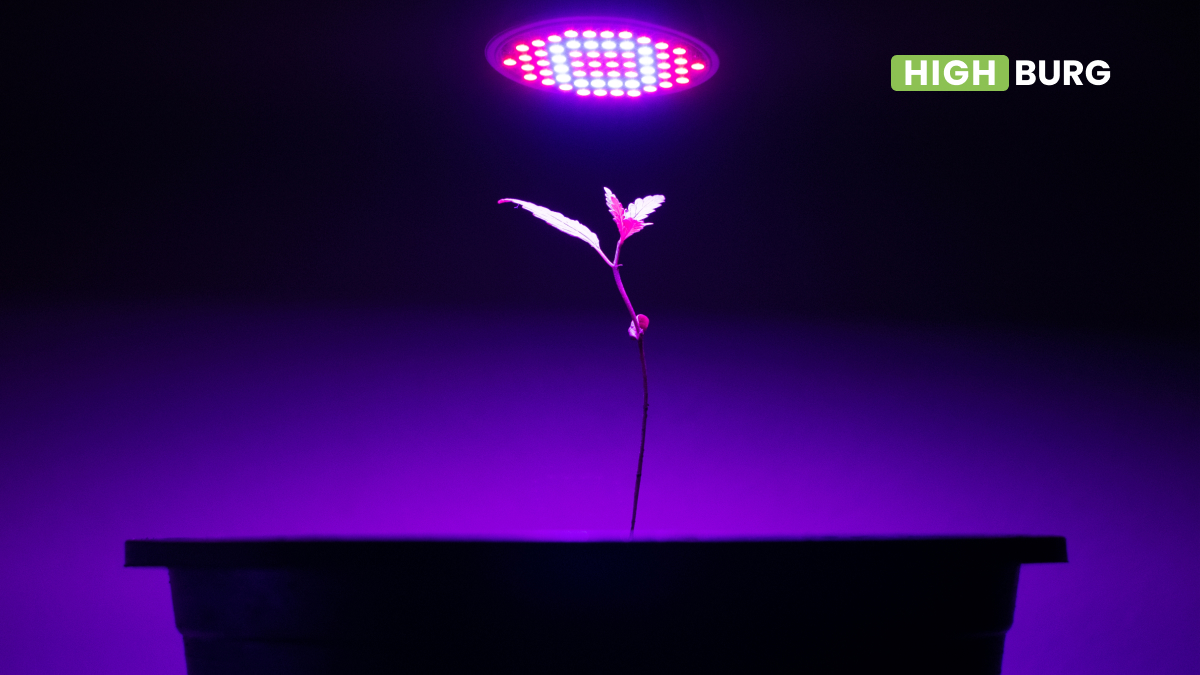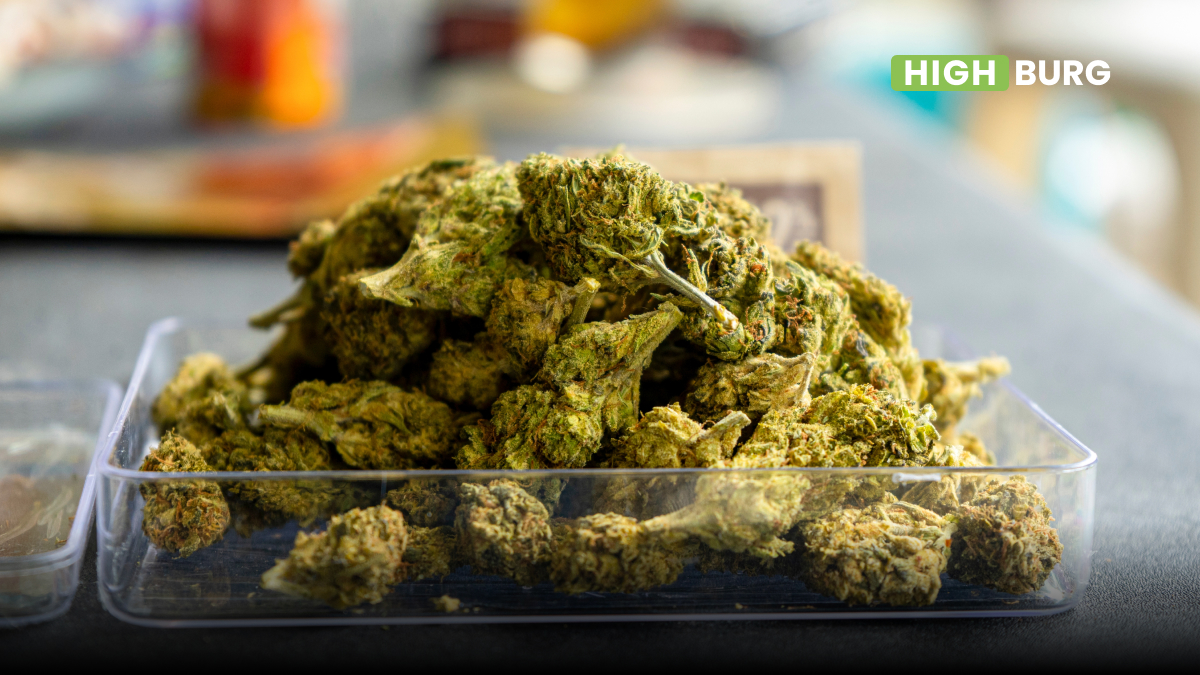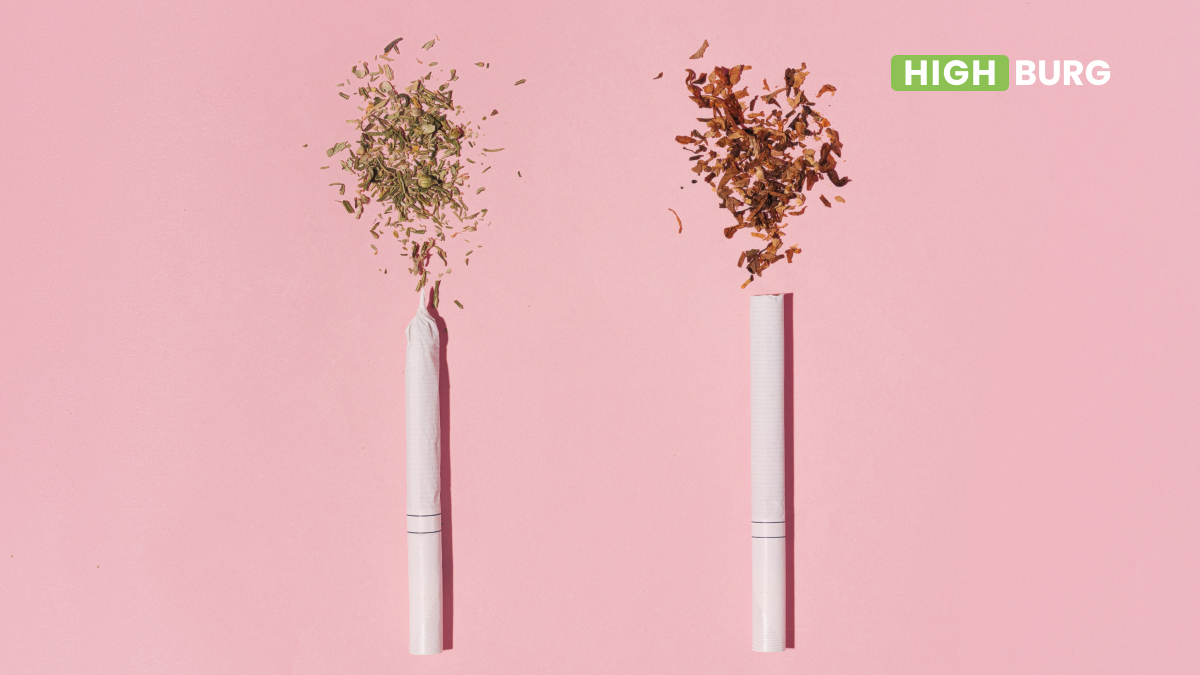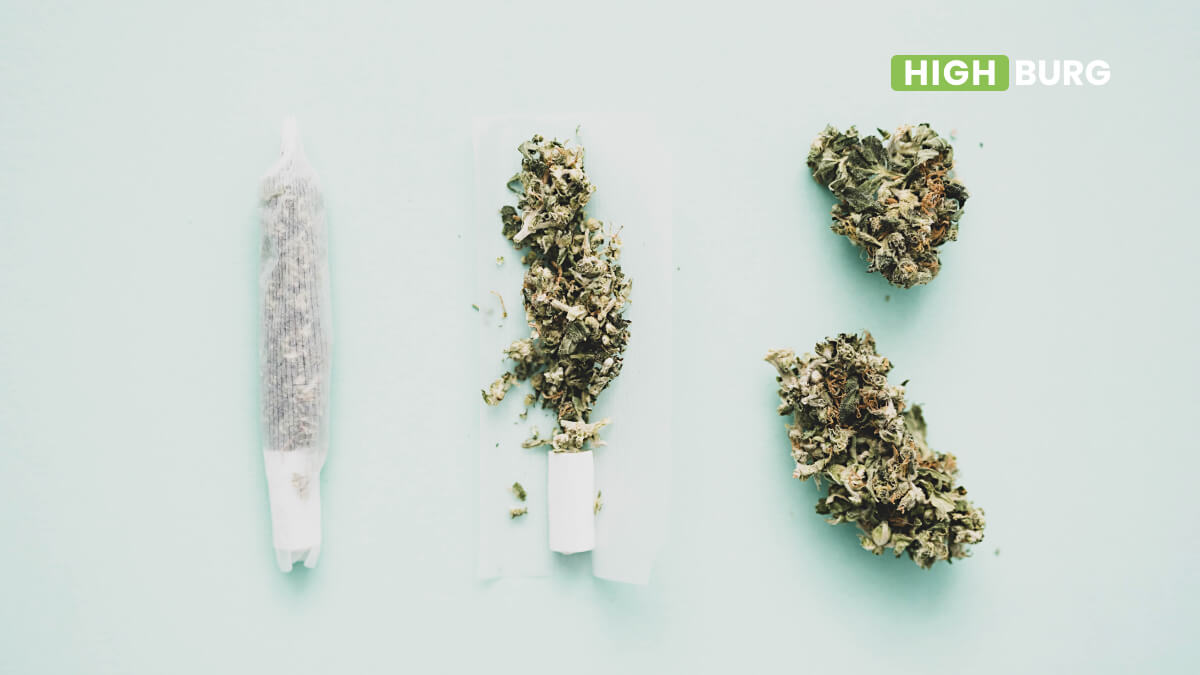Growing cannabis can be an exciting and rewarding experience. If you want a successful harvest, it’s good to research cannabis growing tips before you get started. Whether you plan to start from seeds or clones, cultivate indoors or out, there are many key considerations when it comes to growing your own cannabis.
1. How to Grow Cannabis Outdoors?
Growing cannabis outdoors is a great way to produce large yields of high-quality buds. However, before you begin your outdoor production, you need to understand the local laws and regulations in your area. While some states have legalized the cultivation of medical and/or recreational cannabis, others still have strict laws regarding growing this plant outdoors. Make sure that you are compliant with all applicable laws and regulations before starting to grow cannabis outdoors.
Once you have established that it is legal to grow cannabis outdoors where you live, you can begin preparing for the season. Growing outdoors involves relying on the sun, which means relying on the seasons. Depending on where you live, this could mean waiting until late Spring or early Summer before planting your seeds or clones. If your soil is rich of nutrients, and you receive adequate amounts of rainfall, you will mostly let the plants grow without interference while monitoring them for any issues.
Pros of Growing Cannabis Outdoors
- Growing in living soil;
- Larger plants with higher yields;
- Opportunity to grow organically.
Cons of Growing Cannabis Outdoors
- Risks exposure to outside pests;
- Uncontrollable weather factors such as heavy rain or drought;
- Only one harvest per year.
Overall, growing cannabis outdoors can be a rewarding experience if done properly and within legal limits. With careful planning and attention to detail throughout the season, outdoor growers can produce large amounts of high-quality buds with minimal effort.
2. How to Grow Cannabis Indoors?
Growing cannabis indoors requires setting up an indoor grow room, choosing the right seeds, and tending to your plants during each stage of growth. The grow room should be kept in a space with adequate ventilation and temperature control. You will need to choose the right kind of light for your plants, such as LED lights or HID lights. It is important to use quality soil and nutrients that are specifically designed for cannabis plants.
Growing cannabis indoors follows the same stages of growth as an outdoor grow, from the seedling or clone stage all the way through flowering. However, growing cannabis indoors requires a much higher level of care and precision from the grower. Making sure that your plant receives sufficient amounts of light, nutrients, air circulation, temperature, and humidity are all essential aspects for a successful indoor crop. The ideal temperature ranges for growing cannabis indoors is between 68 Fº and 78 Fº with humid levels between 40-50%.
Additionally, adhering to laws concerning cannabis cultivation is also essential when growing inside one’s home to prevent any unwanted consequences.
Pros of Growing Cannabis Indoors
- Multiple harvests per year;
- Total control over the growing environment;
- Reduces susceptibility to bad weather or outdoor pests.
Cons of Growing Cannabis Outdoors
- Lower yields per plant than growing outdoors;
- More attention to all aspects of the environment;
- Increased risk of diseases;
- Energy costs.
Alternatively, you can always try growing your own cannabis indoors using minimal effort by keeping your plants in pots, somewhere where they can get sunlight. The yields won’t be as good as a fully controlled indoor grow room or grow tent, but you can still get some small harvests using this simple method.
3. How Long Does it Take to Grow Cannabis?
On average, it takes about 3-6 months to grow cannabis from germination to full maturity. However, this is an average and the amount of time it takes a cannabis plant to reach harvest can vary greatly depending on the strain, with some maturing sooner than others. Additionally, how much light your plant receives also directly affects the growth rate. Cannabis plants begin to flower based on the number of hours of light they receive per day, and this can be manipulated indoors with certain light schedules.
4. How to Grow Cannabis Hydroponically
Hydroponics is the process of growing plants in water, without any soil. It requires a special hydroponic grow setup with adequate supplies and equipment such as irrigation systems to provide water and nutrients to the plants, air pumps, air stones, and a reservoir that holds the nutrient-rich water.
The right amount of nutrients must be added to the water at specific stages of the plant growth cycle for successful harvests to occur. Plants grown hydroponically generally require more attention than those grown in soil due to their reliance on an exact supply of nutrients provided by their grower. Additionally, as with any indoor grows, ensuring that lighting, temperatures, and humidity are kept within optimal ranges is key for a successful harvest no matter what method you choose.
5. Where Does Cannabis Grow Naturally?
Cannabis is a hardy plant that has been cultivated for centuries in many parts of the world and continues to grow wild in certain areas. It grows naturally from sea level up to high altitudes and can be found all across the United States. Other countries where it grows naturally include Canada, Mexico, India, and other nations with warm climates. During the summer, cannabis thrives in humid environments with hot days and cool nights.
6. How Tall Do Cannabis Plants Grow?
Weed plants typically grow between 3 to 6 feet tall, though this can vary depending on the strain and the amount of sunlight and nutrients the plant receives. Outdoor plants have more potential for growth since they don’t have height limits like indoor grows. So with ideal care and conditions, cannabis plants can reach heights of up to 20 feet or more.
7. Why Are My Cannabis Leaves Turning Yellow?
Yellowing leaves on your cannabis plants are usually a sign of an underlying problem. It can be caused by a variety of issues including nutrient deficiencies, environmental stress, pests, diseases, over-watering, or light burn. It’s important to identify the cause to properly address it.
Nutrient deficiencies can be identified by looking for telltale signs like striped yellow and green leaves, while environmental stress is marked by yellow tips or edges. Pests and diseases tend to cause mottled yellowing across the entire leaf. Over-watering is typically characterized by light yellow patches on mature leaves, while light burn manifests with yellow spots along the edges and middle of the leaf. Although the bottom leaves of the plant can turn yellow if they don’t receive enough light. They can simply be removed or let fall off.
8. Why Are My Cannabis Leaves Curling?
Curling leaves on cannabis plants often results from environmental stresses, nutrient deficiencies, or pest infestations. Environmental stresses include extreme temperatures, excessive light exposure or inadequate airflow and humidity levels.
Nutrient deficiencies can be determined by looking for signs like yellowing or discoloration of tips, while pest infestations are marked by mottled yellowing of the leaves. If you identify one of these issues as the cause of your plant’s curling leaves, you may need to make changes to its environment or nutrition to restore it to health.
9. Should I Start With Seeds or Clones?
Starting with cannabis seeds or clones is a personal decision that depends on a variety of factors, such as your overall experience level and desired growing conditions. Seeds have the advantage of offering more genetic diversity, allowing you to choose from a larger selection of strains. However, this can also mean that it takes longer to find the right strain for your needs.
A clone is usually a plant that has already grown into seeds or has entered the vegetative state. That means they can be ready to harvest sooner than starting with seeds. Growing from seeds can be more difficult than starting with clones, which is one reason many first-time growers try clones.
10. How To Tell When Cannabis Plants are Ready to Harvest?
Knowing when to harvest your cannabis plants is essential for getting the optimal potency and aroma from buds. Cannabis flowers are ready for harvest when the white pistils on the flower become colored, usually orange or brown.
Another way to tell when weed is ready is by looking at the trichomes. Those tiny resinous glands that appear crystal-like will have changed color and look milky or amber. Ready buds will also become sticky to the touch. A digital magnifying device can help you view trichomes more closely, but ultimately your sense of sight and smell can be your guide when deciding the harvesting time.



